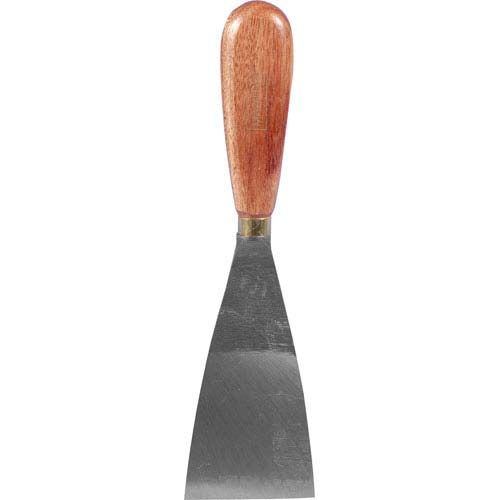
Proper paint surface preparation is essential for a good result. There is no difference between preparing for spray paint or regular roller paint.
Here follow the main preparation tips for spray painting.
1. Cleaning
Cleaning the surface allows the primer to adhere better to the wood. Removing grease (degreasing) should be done before sanding so that the grease doesn’t get any deeper into the woodwork.
2. Sanding
Wooden frames, floors, stairs – all woodwork – should be sanded before you begin spray painting. This gives the paint more grip and means it will adhere better.
3. Primer
Using primer ensures good paint adhesion.
Metal or plastic: apply primer first.
Plaster is absorbent which means you could lose a lot of paint. Coating with primer overcomes this problem.
Wood: unsanded or untreated wood needs primer. It will fill any gaps and give your paintwork an attractive smooth finish.
- Stucco: new plasterwork absorbs paint, meaning that it will take many coats of paint to get a good result. To counteract this, you would be best to choose a primer.
- Metal or plastic: When painting metal or plastic, you should first apply a primer.
- Wood rot: you should cut out any wood rot and seal the gaps with a wood filler.
- Removing old paint: you can do this by applying a caustic agent (chemical paint stripper). Another method is to use a paint burner. The heated air will let you remove old paint easily with a scraper.



